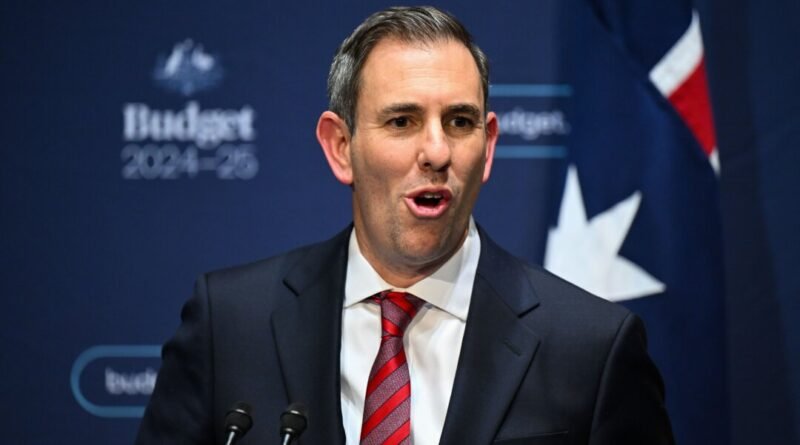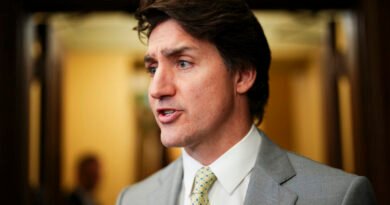A Federal Budget with Three ‘F’s
Commentary
As I listened to the treasurer’s budget speech, it occurred to me that this might be a reflection of modern Australia—lethargic, bloated, and naïve—and something I simply have to come to terms with.
Is it bloated? Yes, our treasury coffers have been bolstered by terms of trade that are arguably the best in a century, dating back to the gold rushes that briefly made Melbourne the wealthiest city in the world.
And as a nation, we seem content to rely on this wealth.
This graph illustrates how our mineral resources have granted us a period of exceptional prosperity. It began in 2004 and surged even further post-COVID.
The recent increase could be dubbed the “Ukraine dividend,” influenced by the war pushing up international commodity prices like iron, coal, gas, and oil to record highs, thus boosting our terms of trade.
As a commodity-based economy, we have reaped the benefits, with the treasurer spending the windfall from resource company taxes faster than our economy can grow.
However, history tells us that such crises eventually fade, along with the surplus cash.
According to him, “everyone’s a winner,” offering something for every Australian.
Its essence is more akin to letting government services manage all aspects of your life, rather than empowering you to be self-reliant.
The budget includes subsidies to alleviate rising electricity costs, substantial tax cuts, cheaper medication, reduced student debt, increased rental aid, more housing, enhanced transportation networks, and significant investments in various sectors.
While these initiatives are noble, they also raise questions of affordability in the long run.

And Government Keeps Growing
Government spending has remained relatively stable over the years, hovering around 23 percent of GDP until recently.
However, since 2008, government spending surged to 25.9 percent of GDP in 2010 but was reduced to 23.9 percent by 2018.
The impact of COVID-19 saw government spending peak at 31.6 percent of GDP, contributing to current inflation levels. To address this, spending needs to be scaled back to around 23 percent or lower.
Despite this, the budget solidifies government expenditure at 26 percent of GDP or higher, funded by mounting government debt.
The net debt is projected to increase from 20 percent to 21.9 percent of GDP, with interest expenses expected to surge by 60 percent.
While the treasurer contends that these measures combat inflation, until spending and debt move in opposite directions, the efficacy remains dubious.

Can We Grow the Economic Pie? Unlikely
There is a relatively painless solution to this issue, but that’s where “flaccid” comes into play. Growing the economy faster than government expenditure is crucial, akin to how Robert Menzies eliminated post-WWII debt.
However, this necessitates a robust and resilient economy, not one where individuals rely solely on government assistance. Unfortunately, our current trajectory leans more towards government intervention and control.
Our industrial relations have regressed, power prices continue to rise, and regulatory constraints hinder progress. This doesn’t foster economic growth but rather facilitates wealth redistribution.
Even the Fair Work Commission, at government behest, raises wages without considering productivity, perpetuating a cycle of redistribution over growth.
This budget aligns more with the aim of an upcoming election, potentially in March or April next year, leaving little room for subsequent budget revisions.
To succeed, the government requires declining interest rates to alleviate inflation concerns and anticipates the Reserve Bank’s compliance with their strategies. Their commitment to promising solutions may not necessarily translate into effective outcomes, as evidenced by past unfulfilled pledges.
In light of the precarious economic circumstances, this budget fails to address the more pressing issues at hand.
Views expressed in this article are opinions of the author and do not necessarily reflect the views of The Epoch Times.






